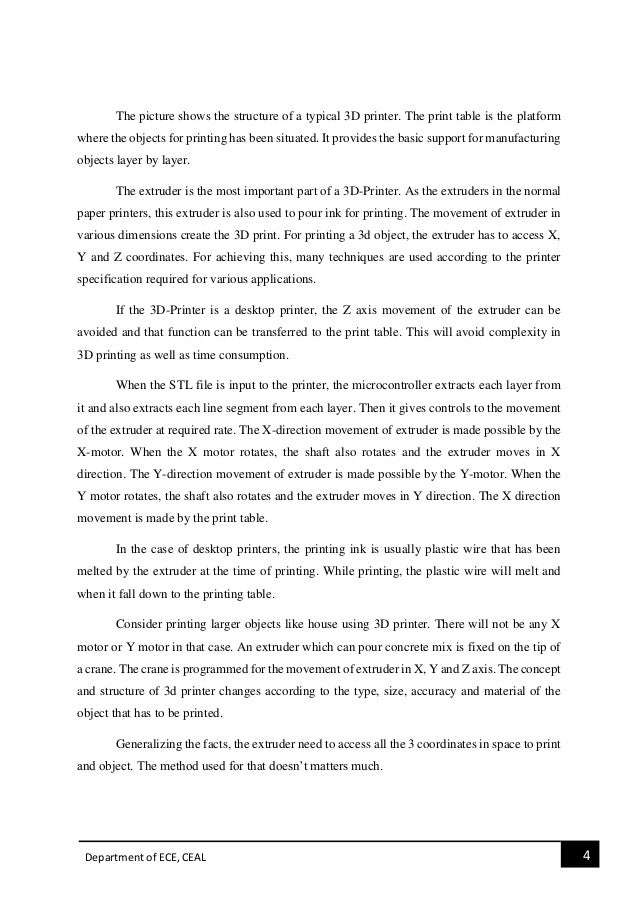Fluid Flow And Heat Transfer In Wellbores Pdf
SummaryThis paper presents a comprehensive wellbore/reservoir simulator to study pressure-transient behavior during two-phase flow in a vertical or deviated wellbore. We adapted a hybrid approach by modeling the wellbore numerically in which mass, momentum, and energy of the fluids are conserved, while treating the reservoir fluid flow analytically. Conductive heat transport occurs through the tubulars, cement sheaths, and formation. Both conductive and convective heat transport mechanisms are operative for the annular fluid, however.

For an offshore well, convective heat transfer through seawater and air are also considered.The simulator can be run in two modes. In forward simulation, transient pressure and temperature can be computed at any point in the wellbore, given the reservoir and completion parameters. Conversely, in a reverse simulation, bottomhole pressures (BHP's) can be computed given the pressure and temperature measurements at any other point in the borehole, including at the wellhead. However, the quality of reverse simulation derived solution is likely to suffer with increasing gas/oil ratio (GOR). Field data were used to show both features of the simulator.Computational results show that the effect of heat loss through seawater is marginal for most offshore wells with a short submerged section (2,000 ft), heat loss to the seawater becomes significant. Similarly, a deviated well loses more heat to the formation than its vertical counterpart because of increased residence time.
Heat Transfer Warehouse

Among major variables, thermal conductivity of the annular fluid plays a key role in heat retention and, therefore, in the wellhead temperature (WHT).IntroductionMost oil wells produce multiphase fluids to surface. Exceptions are those that produce oil with very low saturation pressure and/or against a high backpressure. When a well is opened for flow or shut in at the wellhead, gas and oil phases tend to move at different velocities, thereby complicating the wellbore dynamics. Density effects causing phase segregation often complicate the early-time transient response, leading to reservoir model misdiagnosis. In addition, thermal effects arising from gauge placement in the borehole have the potential to add further woes to the model identification problem. Therefore, the primary motivation of this work stems from understanding the physical process during twophase gas/oil flow while conducting a transient test.